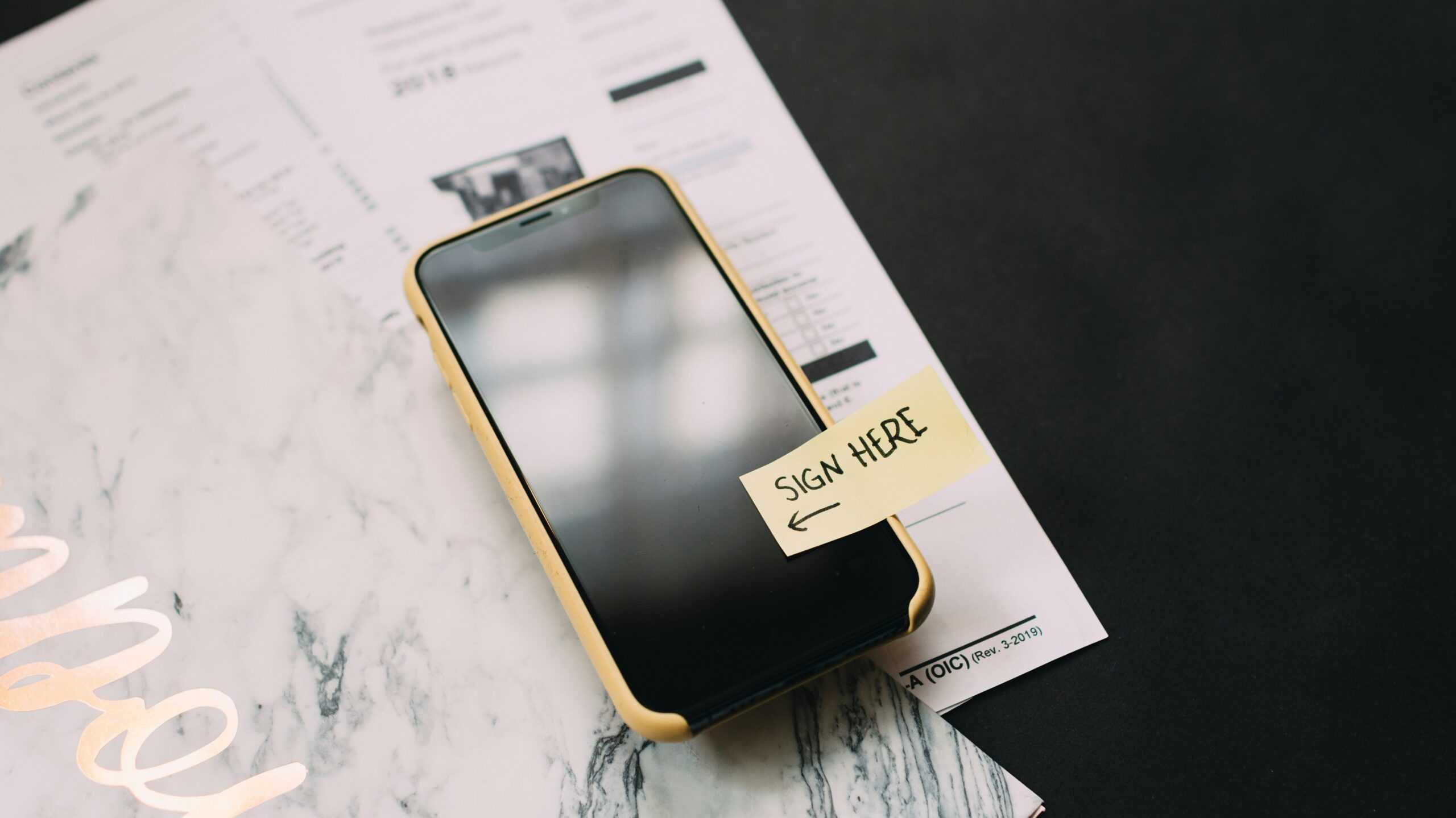Celebrating Diversity: Embracing a Zero-Tolerance Policy for Discrimination in the Workplace

As we celebrate Pride Month and Juneteenth this June, we are reminded of the importance of diversity, equality, and creating safe, inclusive workplaces. This month offers an opportunity to reflect on how we can support and uplift all members of our teams and departments. One bold, yet controversial idea to consider is the enforcement of a strict zero-tolerance policy for discrimination, including microaggressions.
Why is This Controversial?
A zero-tolerance policy is not just about addressing blatant acts of discrimination; it also means tackling the subtle, often overlooked microaggressions that can erode an inclusive environment. Implementing such a policy requires vigilance and the courage to confront uncomfortable truths within our workplace dynamics.
Imagine a workplace where no comment or action, however small, goes unaddressed if it makes someone feel excluded or disrespected. While this might sound ideal, the reality is far more complex. Such a policy could be perceived as overly rigid, potentially stifling open communication and making employees feel like they are constantly walking on eggshells.


The Flip Side
However, let’s consider the potential benefits. What if this strict approach is exactly what we need to ensure true inclusivity? By setting clear, uncompromising standards, we send a powerful message that respect and equality are non-negotiable. This policy can empower marginalized groups, foster a sense of belonging, and ultimately lead to a more innovative and productive workplace.
Implementation
The key to successfully implementing a zero-tolerance policy lies in its execution. It’s not about punishing every minor slip-up but about fostering awareness, encouraging growth, and promoting a culture of accountability. Education and continuous dialogue are crucial. Training sessions, open forums, and clear reporting mechanisms can help build a supportive environment where everyone understands the importance of respect and inclusivity.
Reflecting on Workplace Culture
As we honor Pride Month and Juneteenth, let’s take this opportunity to reflect on the kind of workplace culture we want to champion. Do we aim to maintain comfort by glossing over minor issues, or do we confront them head-on to build a truly inclusive environment?
Opening the Conversation
What are your thoughts on adopting a zero-tolerance policy for discrimination and microaggressions in your workplace? How can we balance the need for strict policies with maintaining open and honest communication? Share your experiences and opinions in the comments below—I’d love to hear from you!
Together, let’s strive to create workplaces where everyone feels respected, valued, and included.





















